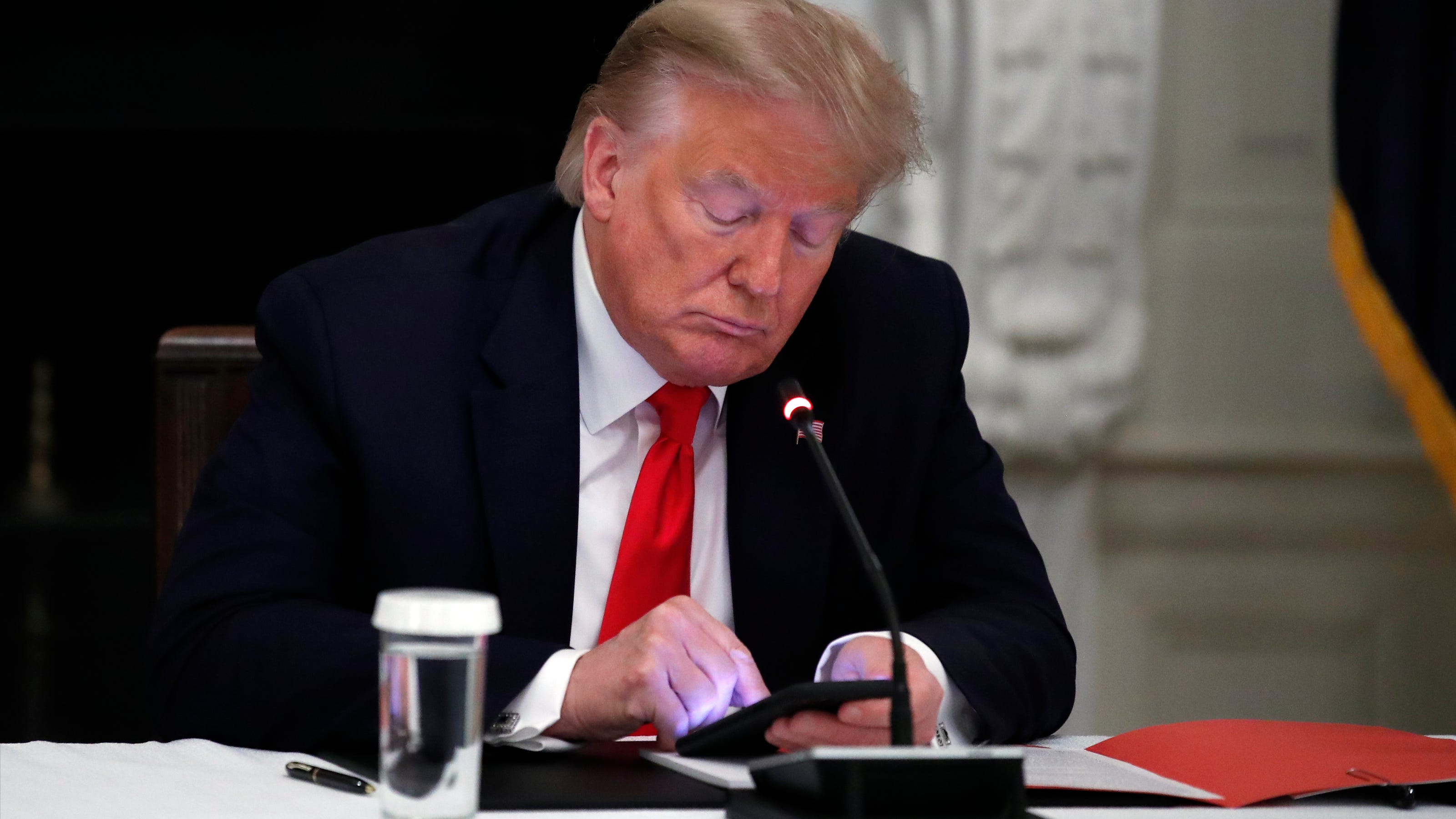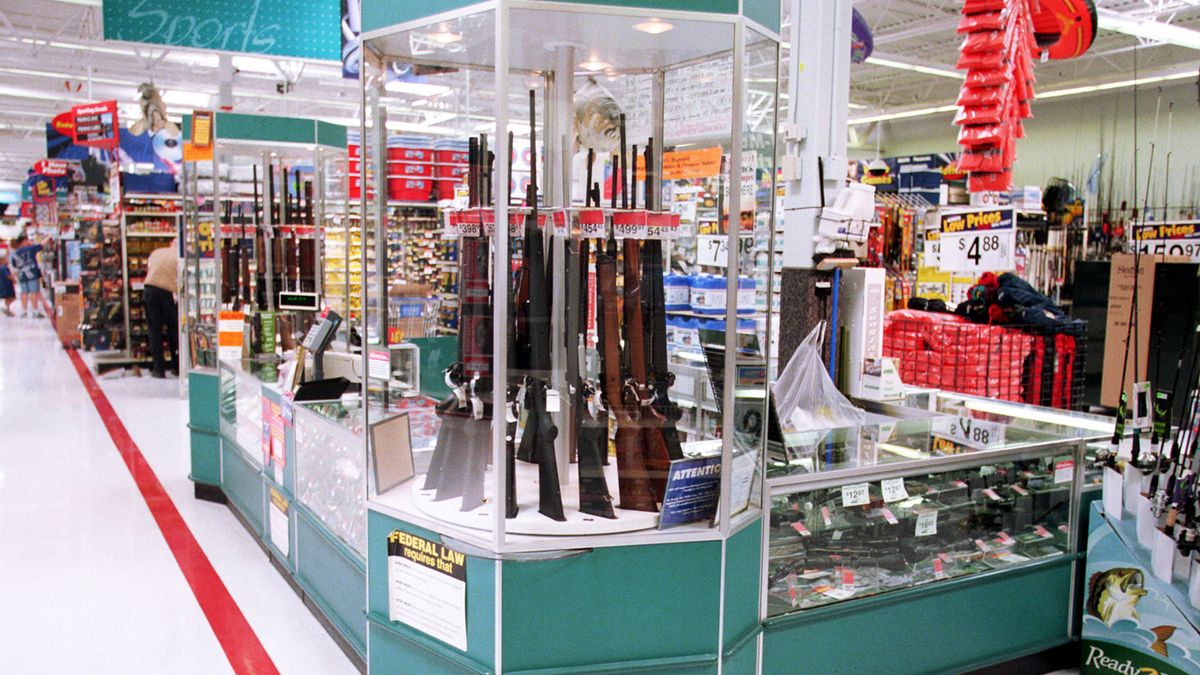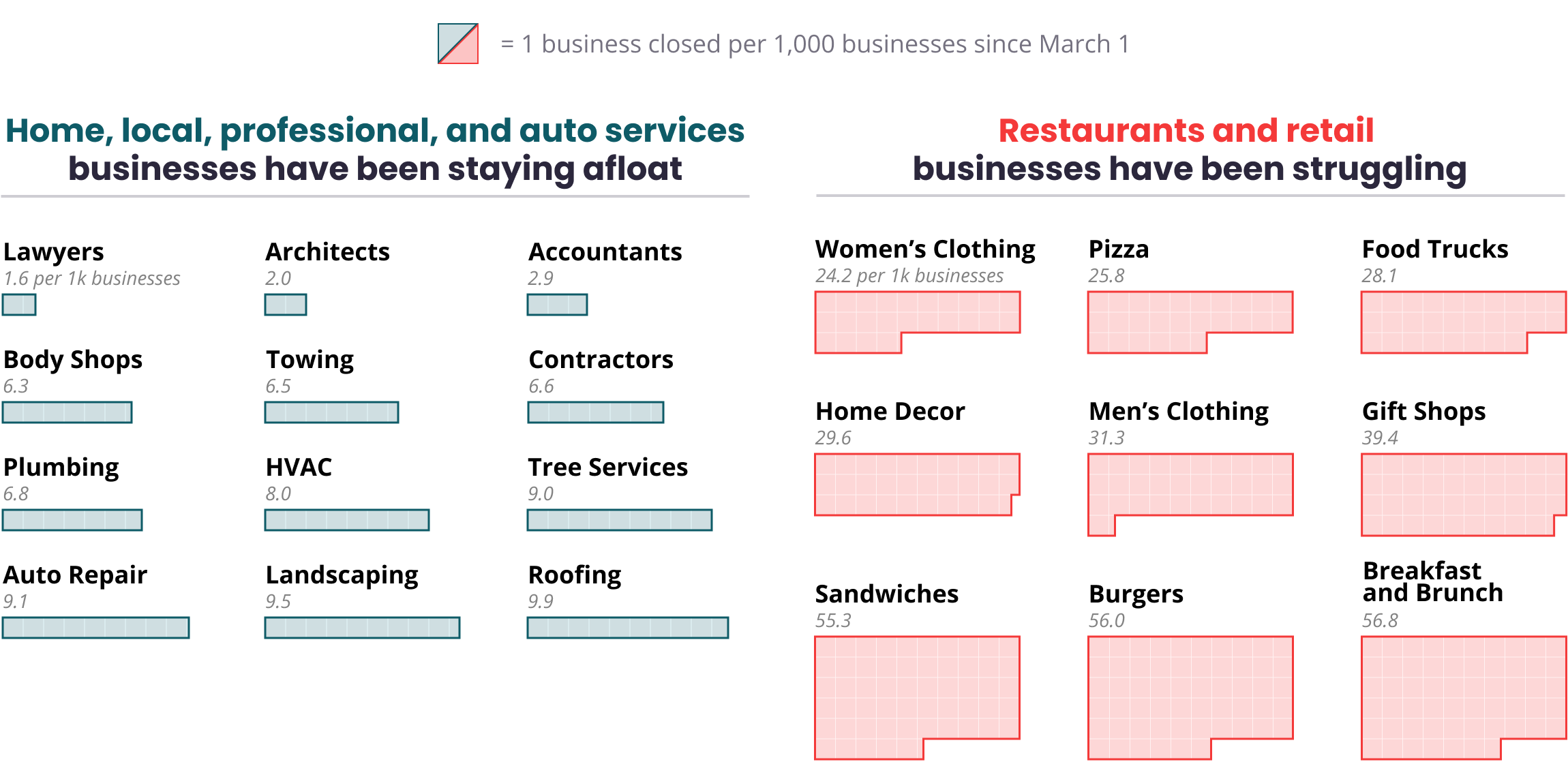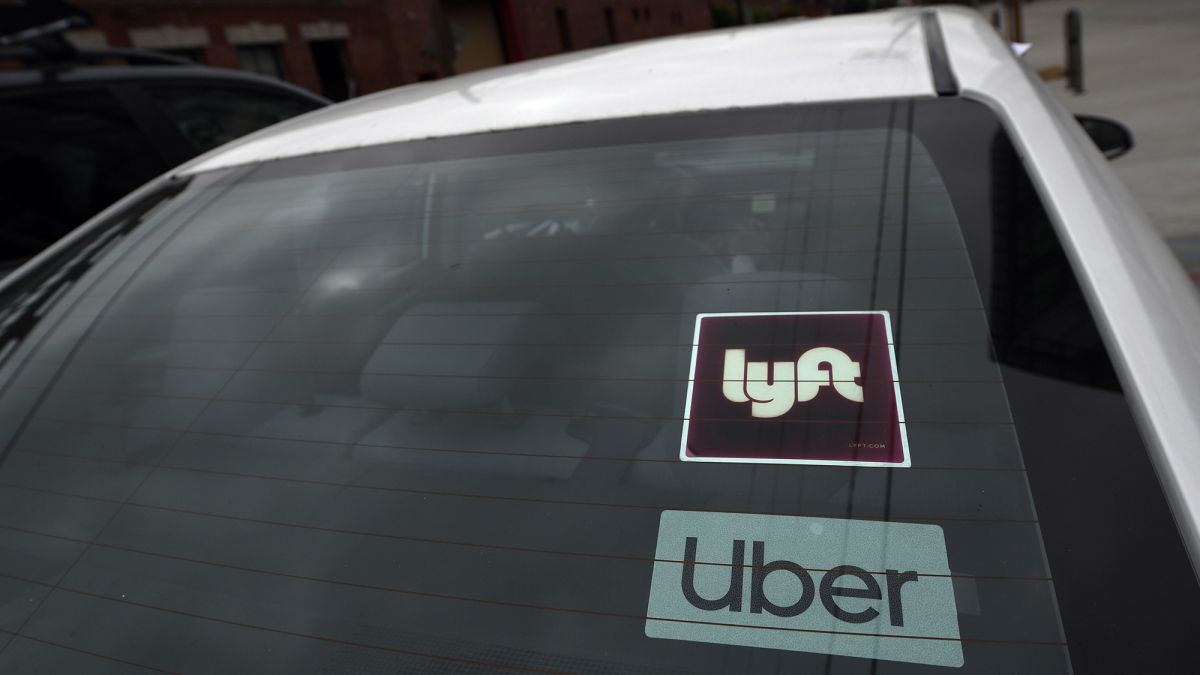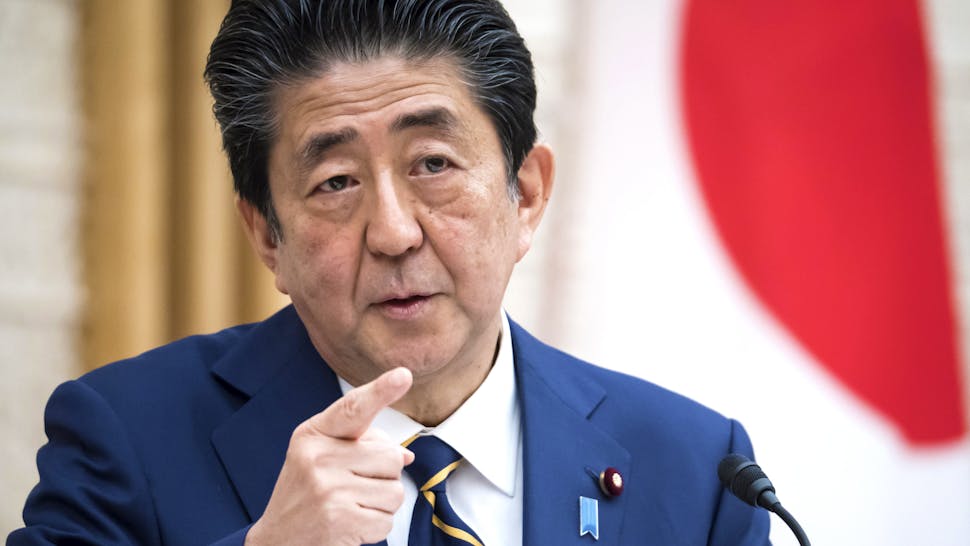
Nike launched a successful legal battle against rapper Lil Nas X and custom shoemaker MSCHF Product Studio Inc. after the small shoemaker dropped a pair of modified Nikes featuring satanic imagery with the shoe conglomerate’s famous swoosh plastered on its side.
Following the release of Lil Nas X’s single, Montero (Call Me By Your Name), over the weekend, the rapper, who rose to fame for 2018’s hit Old Town Road, also shared an accompanying music video which left many viewers disturbed. The video features Lil Nas X, whose real name is Montero Lamar Hill, dressed as a fallen angel gleefully descending from Heaven to Hell on a stripper pole, and performing soft core sexual acts on the devil. Hill went on to tease what would be dubbed Satan Shoes on Twitter, a limited run, lightly modified pair of Nike sneakers.
Shortly after, MSCHF officially announced the production of 666 red and black customized Nike Air Max 97 sneakers with “Luke 10:18” inscribed on its side, a Bible verse referencing Satan’s decent into Hell, a bronze pentagram on its laces matching a pentagram pasted on the inner sole, and a controversial drop of human blood inside the outer soles’ air bubble.
Despite outrage, the shoes sold out almost immediately.
The musician bucked back against criticism for the video’s homosexual and Satanic imagery on Twitter, writing, “I spent my entire teenage years hating myself because of the s**t y’all preached would happen to me because i was gay. So I hope u are mad, stay mad, feel the same anger you teach us to have towards ourselves.”
After the shoe went viral, and talks of boycotts flooded social media, Nike announced it was suing MSCHF for improper use of their trademark. The billion dollar shoe maker issued a cease and desist complaint, while reiterating they had zero involvement in its design.
They told multiple outlets, “we do not have a relationship with Lil Nas or MSCHF,” and that “Nike did not design or release these shoes and we do not endorse them.”
Nike argues MSCHF took their product and applied a significant redesign turning the shoe into its own unique piece of apparel, and marketed it with the Nike logo, creating an unauthorized link between the company and the shoe.
“In its complaint,” CNN wrote, “Nike asked the court to order MSCHF to ‘permanently stop’ fulfilling orders for the ‘unauthorized Lil Nas X Satan Shoes. The lawsuit notes that social media users have threatened to boycott Nike over the controversial shoes.”
“MSCHF and its unauthorized Satan Shoes are likely to cause confusion and dilution and create an erroneous association between MSCHF’s products and Nike,” Nike’s complaint states. “In the short time since the announcement of the Satan Shoes, Nike has suffered significant harm to its goodwill, including among consumers who believe that Nike is endorsing Satanism.”
Earlier today, a decision handed down from the Eastern District of New York granted Nike a temporary restraining order against MSCHF, who, under the ruling, will be prohibited from fulfilling any of the 666 orders placed by fans.
The company cannot use any familiar Nike logos or trademarks, including the recognizable ‘swoosh,’ the ruling adds.
Lil Nas X was not referenced in the initial suit.
MSCHF also released ‘Jesus Shoe’ using the same Nike sneaker in 2019 with a steel cross and Holy water sourced from Jordan in its air bubble.
